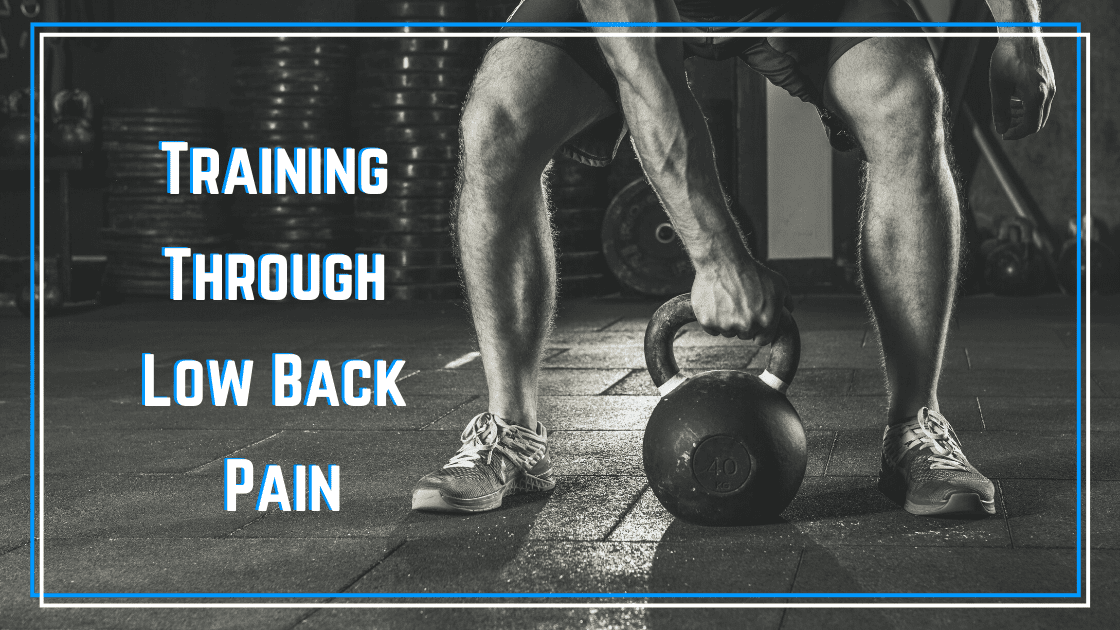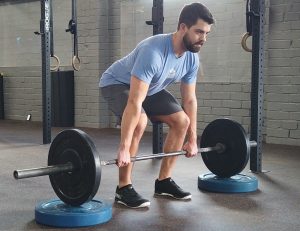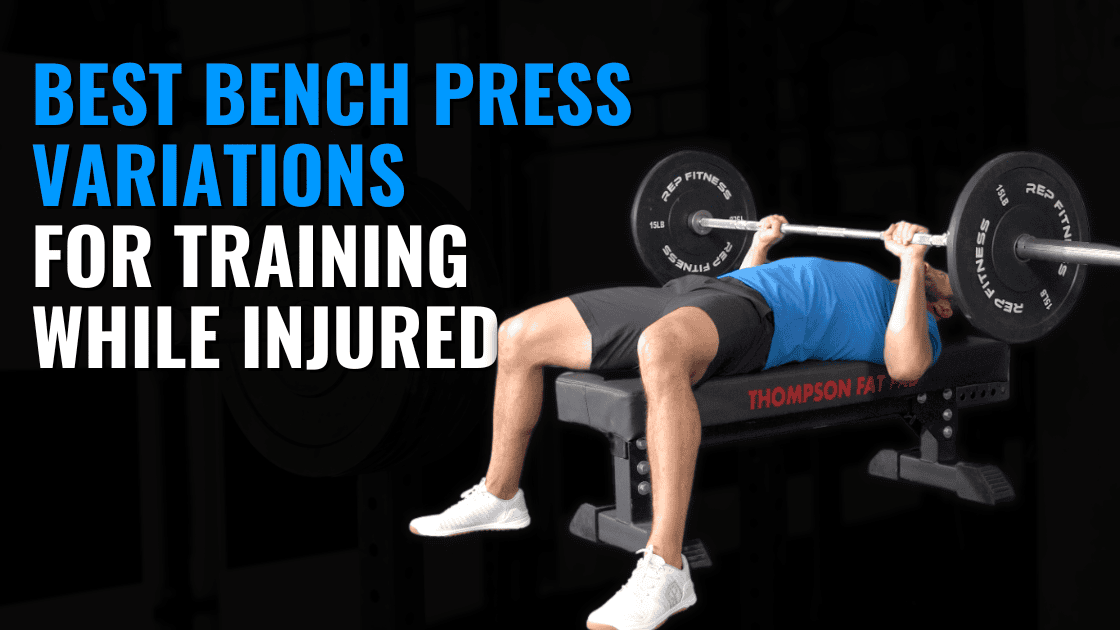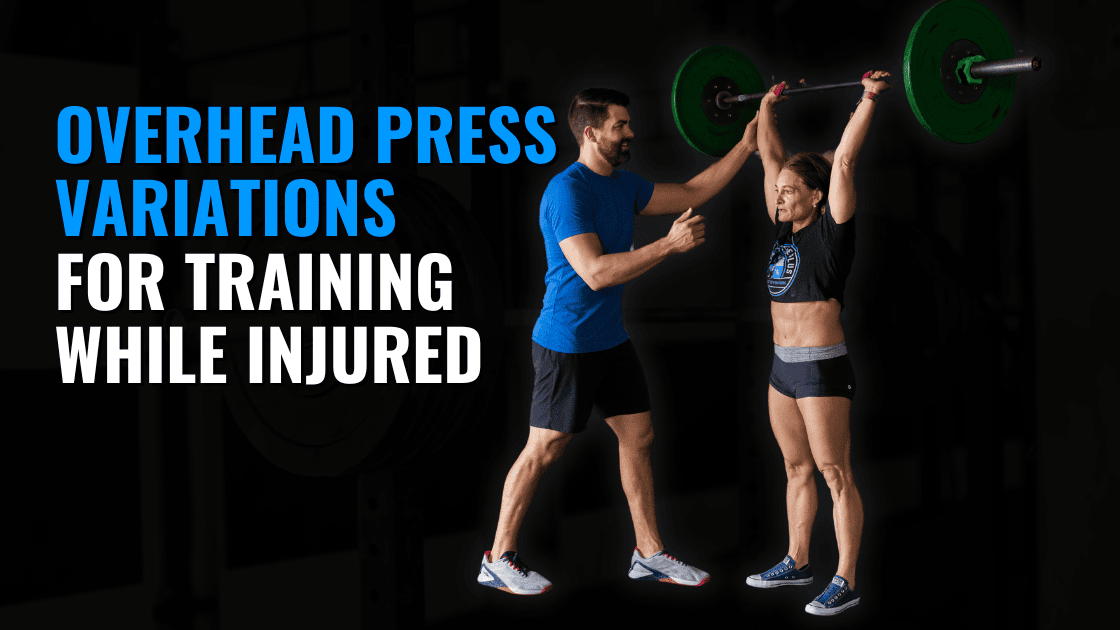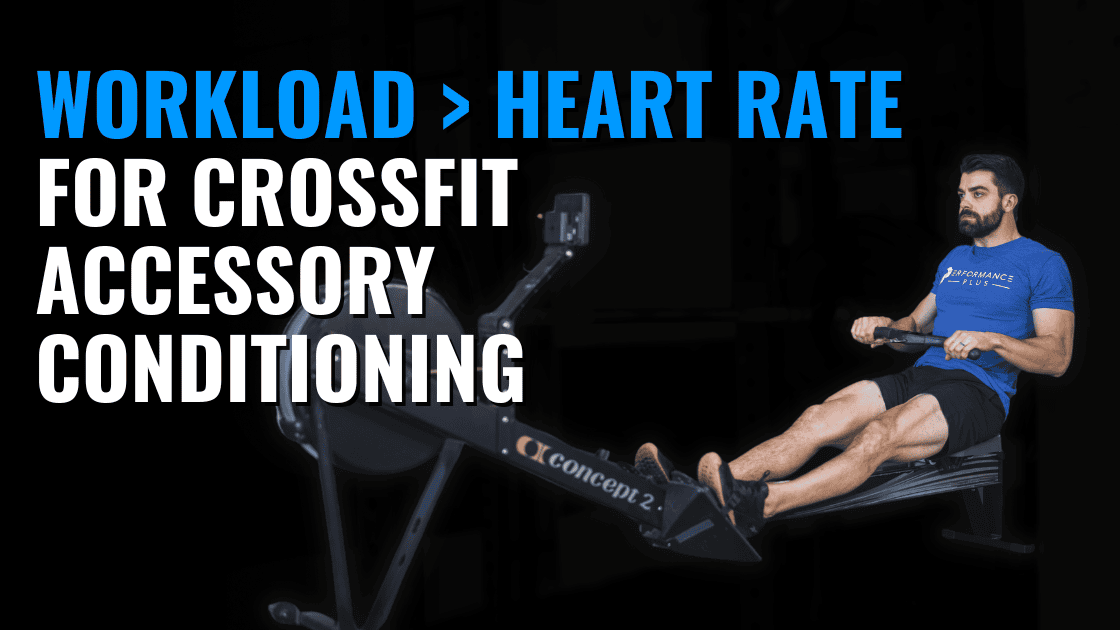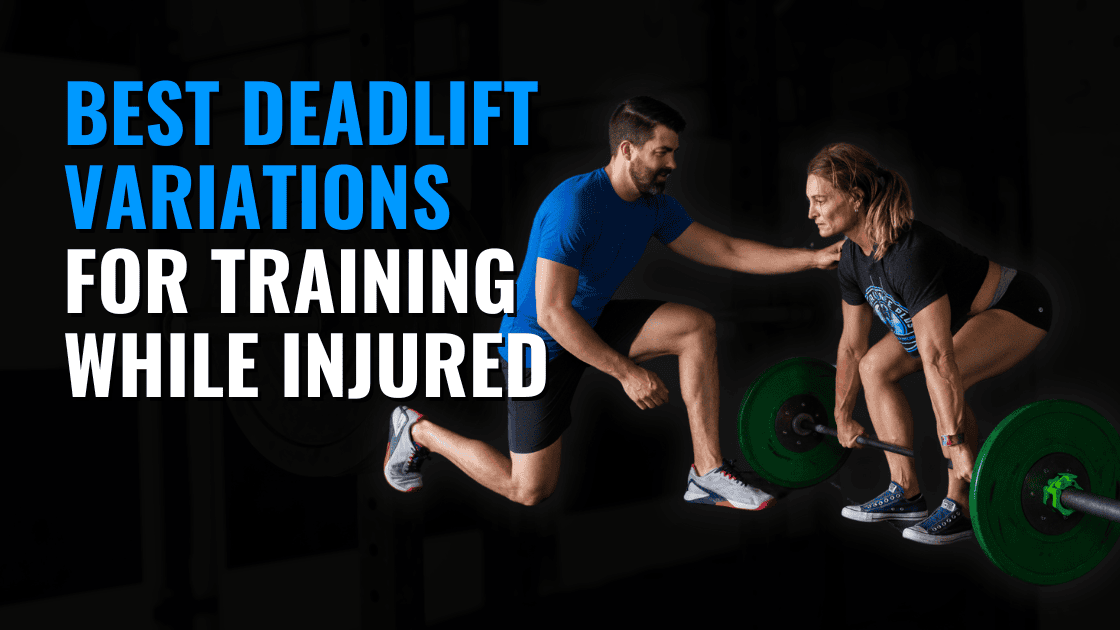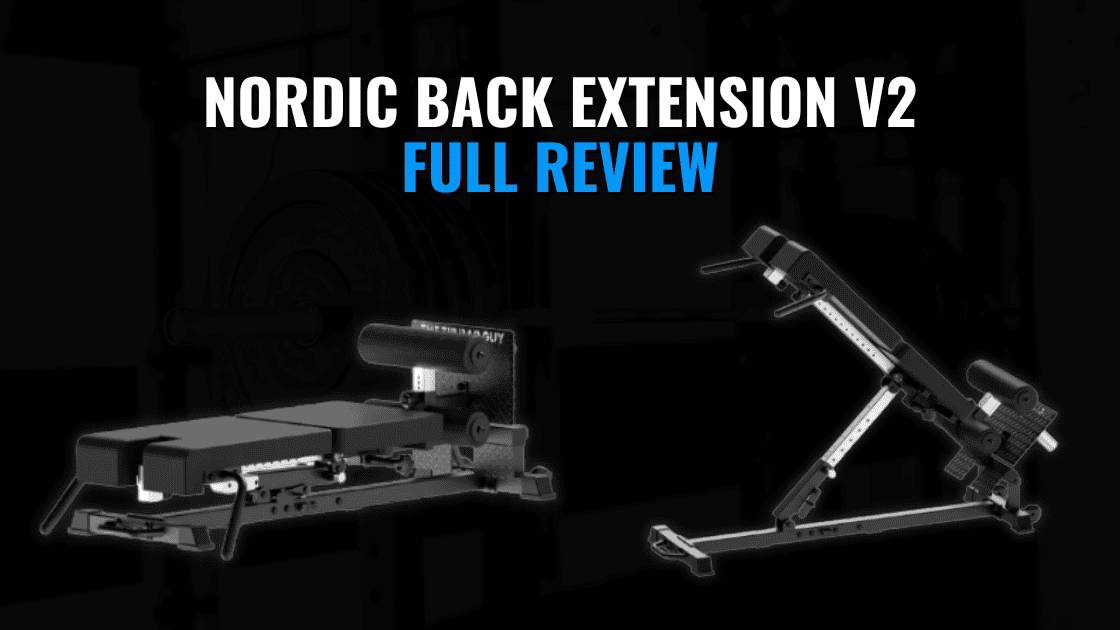If you’ve trained hard and worked to push your performance to the next level for any extended period of time you know that the occasional tweak of a muscle or joint is inevitable. But when it comes to a tweak in your back many athletes tend to become more concerned than other areas. Continuing to remain highly active as your back recovers is important both to retain fitness and to help speed up the healing process. I’ve teamed up with some of my favorite rehab professionals to bring you our favorite exercises for strength training with lower back pain.
Strength Training with Lower Back Pain
LOADED CARRIES
View this post on Instagram
Loaded Carries are a great total body exercise that can be modified in many ways so you don’t have to stop exercising, even in the presence of a flare-up in back pain. Here are some things we can do to modify a Loaded Carry using Kettlebells.
- Deadlifting the KB in between your feet – Most suitcase carries will start with the KB on the outside of your feet. Try Deadlifting the KB in between your feet which will be more comfortable for many.
- Sumo Stance – Widening your stance can help you keep your torso more upright which may be less irritating.
- Elevate the KB’s – If none of the mods to get the KB off the groundwork for you, try elevating them on plates, box, or stool.
- Farmers vs. Suitcase Carry – Suitcase Carries (weight on one side) require you to fight that weight from pulling you to one side. If that’s bothersome, try a Farmer Carry (weights on both sides).
Give these a try & see if you can keep moving even in the presence of a minor set back!
Dustin Jones, PT, DPT, GCS, CF-L1 – StrongerLifeHQ.com
HINGING PATTERNS STRENGTH TRAINING WITH LOWER BACK PAIN
DOWEL HIP HINGE
The HIP HINGE is a functional tool to help athletes understand how to load through the posterior chain and is very effective in building lower body strength. For the efficiency of many physical movements, it is important that the power comes from the hips while the spine stays neutral. This video walks us through what we are looking for. Once mastered, the hip hinge can easily be progressed to Romanian deadlifts, KB deadlifts, KB swings, conventional deadlifts, single-leg deadlifts, good mornings, etc. The key takeaway to see in this video is how the hip disassociates from the lumbar spine. The dowel helps the athlete to FEEL this and prevent extension or flexion of the spine as the posterior chain is loaded. Practice locking in your hinge technique during a back pain flare-up to set yourself up for stronger lifts after you recover!
Monique Cofino, PT, DPT, Cert.CMFA, www.OnwardAtlanta.com
BANDED HIP HINGE
When we are ready to start loading the hip hinge pattern but still not tolerating much external loading on the spine this is my go-to! The band resists the hip extension but doesn’t add any extra spinal demands. So early on in rehab we are loading with a heavy band and light DBs or KBs. As the back pain resolves we decrease band tension but load up with heavier external weights!
BLOCK PULLS
For so many athletes dealing with low back pain simply elevating the barbell off the ground a few inches can be the difference between an irritating movement and a pain-free one. As symptoms calm down we can lift from progressively lower surfaces. This is one of our favorite movement modifications as we are huge fans of deadlifts in low back pain rehab.
SUMO DEADLIFT
With the sumo deadlift, the legs are wider than a conventional deadlift and the athlete is in a bit more of a squat-like set up. This combination allows the athlete to keep a more upright torso position which commonly makes it a bit more tolerable to pull heavy weights with.
View this post on Instagram
RUSSIAN KETTLEBELL SWINGS
View this post on Instagram
Russian kettlebell swings are a great exercise for the later stages of back rehab when progressing back towards full function. Often, we are a bit tentative to grab a barbell and start deadlifting, cleaning, and snatching heavily because we don’t exactly “trust” our back. I love these because they are relatively simple and put demand on the back that mimics a lot of the more skill dominant movements. To perform, start with the kettlebell in front of you; keeping your back flat initiate the first pull with your lats pulling the bell in between your hip. Keeping your chest up, rapidly extend your hips. Don’t worry about getting the kettlebell all the way to eye level, this movement can give you a crazy good workout by just working on the powerful hip extension! Give it a shot and let me know how it goes!
Zac Morgan PT, DPT, OCS, CF-L1 at OnwardTN
Isometric Pulls
View this post on Instagram
Dr. Joe Hanisko OnwardGrandRapids.com
SQUATTING WITH LOWER BACK PAIN
BELT SQUATS
Belt squats for back pain! Squatting and back pain can be tough to work around but here is one trick we can try. Belt squats allow us to continue to load our squat while decreasing the stress and load from our backs. Hanging the weight from them belt displaces the forces from hips down. Using a dip belt, 2 even height boxes, and kb is all you need for belt squats. I prefer to add tempo, 3-4 seconds down, 1-2 second pause, explode up, 1 second pause and then repeat the process. (3-2-x-1). Don’t hesitate to load these up, especially once you feel comfortable with the scheme. I often will have athletes work within 3-5 sets and 8-12 reps. These are great to keep in the accessory exercises bank, don’t let them fool you!
View this post on Instagram
SPANISH SQUATS
The Spanish squat makes a great squat variation for strength training with lower back pain in athletes not tolerating a lot of loading on the spine. The band behind the knees provides most of the resistance with the athlete being able to load a kettlebell or dumbbell in the goblet position if we need a little more load. Prepare for a quad burner in this exercise variation!
View this post on Instagram
Mark Gallant Onward Richmond
ROMAN CHAIR
Don’t have resistance bands to set up the Spanish squat? No problem! Use this DIY roman chair with a barbell and squat rack to create a similar set up that loads the legs without needing a ton of weight.
SINGLE-LEG SQUATS
We can use this period of back pain as a great opportunity to work on unilateral strength as well. Single leg squats are great and more challenging than most realize. Grab a set of suspension trainers if needed to decrease the balance demands so that you can focus on strength not falling over. I recommend the Edge Suspension Trainer (affiliate link) for a high quality but very inexpensive setup.
The above exercises should give you a nice start to strength training with lower back pain. For more help, check out the following related articles:

